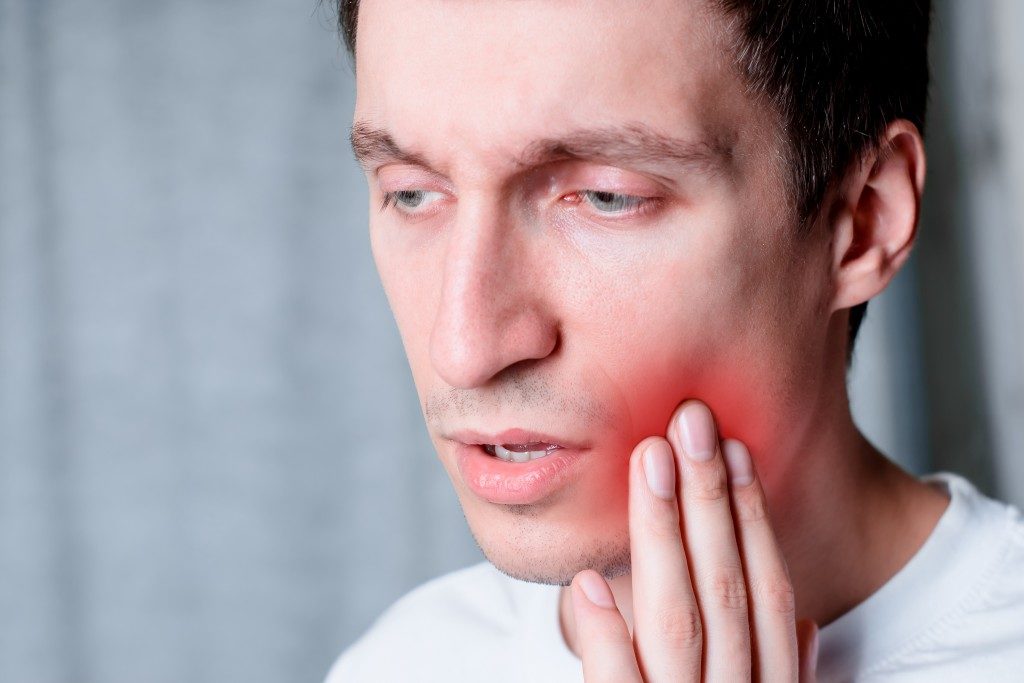When you’re going out of the country, it’s essential to be as prepared as possible for whatever situation you may see yourself in, especially concerning your health. Dealing with a toothache when you’re overseas, for example, can be truly challenging. It’s definitely the last thing you’d want to deal with when you’re out having fun.
Make an appointment for a dental checkup prior to your flight, especially if you’ll be travelling to countries or remote areas that have less (or none at all) access to dental tools and supplies and overall good dental care. If you can no longer remember the last time you visited the dentist’s office, or if you know you have severe issues with your teeth, make it a point to see the dentist before a big trip abroad.
This is highly important, especially if you’re going to be out of the country for a prolonged period. Also, if you’ve noticed seemingly minor issues such as sensitivity to cold water and ice cream, head to the dentist right away before it becomes a much more significant medical problem.
But, if you’re short on time and can’t go to the dentist before you leave, here’s what you need to know to address a dental emergency, whether it’s a toothache, a broken tooth, or a dislodged tooth.
Toothache
It’s common to experience some pain in the tooth if you’re flying due to air pressure imbalances. When air goes through your teeth through an existing issue such as a cavity, crack, or space in your filling, expansion occurs due to the pressure changes that happen while flying. This type of toothache shouldn’t be a cause for concern. Once you’ve landed, it should be gone. Also, it should only affect pre-existing issues.
However, if the pain still doesn’t go away after you’ve landed, rinse your mouth and grab some floss to get rid of any food particle that got stuck in your teeth. Painkillers may help you with the pain, but if it continues, see a dentist immediately.
Dislodged Tooth
If your tooth gets completely knocked out due to an emergency knocks, here’s what you should do: hold the dislodged tooth by the crown. If it is dirty, rinse the root immediately. However, make sure not to touch the tissue fragments or put them in a clean cloth. Afterwards, hold the tooth in the socket. Pour some milk in a cup and put the tooth there so you can transport it safely on your way to the dentist. For this type of dental emergency, your quick response is critical. The chances of saving a tooth decrease after half an hour.
Broken or Cracked Tooth

Breaking or cracking a tooth is another type of dental emergency that needs to be addressed immediately. Follow these steps: rinse your mouth thoroughly and apply some cold compress on the outside area of your cheek where the tooth got broken to treat any swelling.
Then look for a qualified dentist in the area for an urgent visit.

